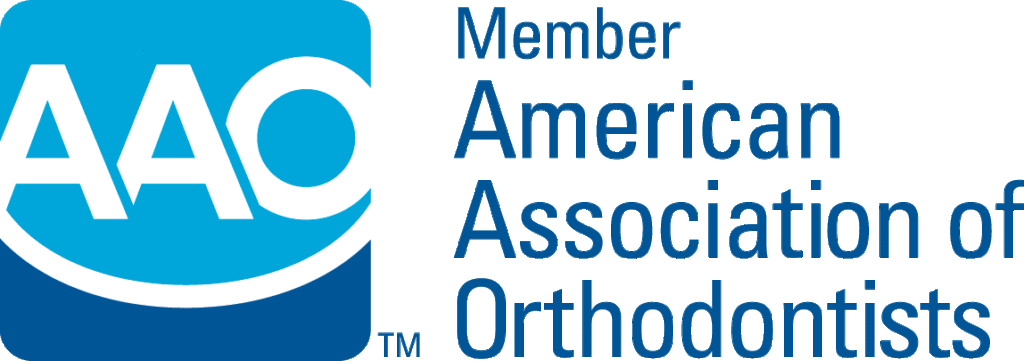San Diego Orthodontist Breaks Down Plaque, Why It’s Harmful, and how to Fight Back
Taking care of your teeth is essential to maintaining good oral health, especially during your orthodontic treatments. While brushing and flossing daily are necessary steps to keep your teeth and gums healthy, our San Diego orthodontist believes it’s vital to understand the adverse effects of plaque buildup on your dental hygiene.
Today, we’ll explain what plaque is, how it forms, and why it can harm your teeth – keep reading to learn more!
What Is Plaque?
Plaque is a sticky, colorless film of bacteria that forms on your teeth and gums. It constantly forms on your teeth and, if left unaddressed, can harden into tartar.
Plaque contains harmful bacteria that produce acid that can damage the enamel of your teeth, leading to cavities and tooth decay. When plaque is not removed from your teeth, it can also cause gum disease, leading to serious health problems if left untreated. This disease, combined with orthodontic treatment like traditional braces, spell bad news for any patient's smile.
How Does Plaque Form?
Plaque forms when the bacteria in your mouth mix with saliva, food particles, and other substances to form a sticky film on your teeth. Plaque tends to accumulate in hard-to-reach areas, such as between your teeth and along the gum line, making it difficult to remove with just regular brushing and flossing.
Over time, if not removed by a dental professional, plaque can harden into tartar, which is even harder to remove.
Why is Plaque Harmful for Your Teeth?
Plaque harms your teeth because the bacteria in it produce acids that can erode the enamel on your teeth, leading to cavities and decay.
When left unaddressed, plaque can also cause gum disease, resulting in teeth loss and other serious health problems such as heart disease, stroke, and diabetes. Additionally, as mentioned earlier, tartar buildup can occur if plaque is not removed promptly, leading to even more challenging dental problems. If a patient is suffering from severe gum disease, they may not be able to receive orthodontic treatment due to the lack of proper structure needed for services like traditional braces.
Consistent Oral Health Routines Reduce Plaque
Understanding the harmful effects of plaque buildup on your dental hygiene is crucial. By maintaining a consistent oral care routine that includes brushing and flossing regularly, along with scheduling regular dental check-ups and cleanings with your dentist, you can help prevent plaque buildup and maintain a healthy smile. These checkups are especially crucial when you have braces since some patients may have a difficult time properly cleaning their teeth with wires and brackets.
If you’re concerned about plaque buildup on your teeth and how it may affect your orthodontic treatment, don’t hesitate to reach out to our San Diego orthodontist for guidance and support! Remember, taking care of your teeth is a lifelong commitment, but the benefits of a healthy smile are worth it.











